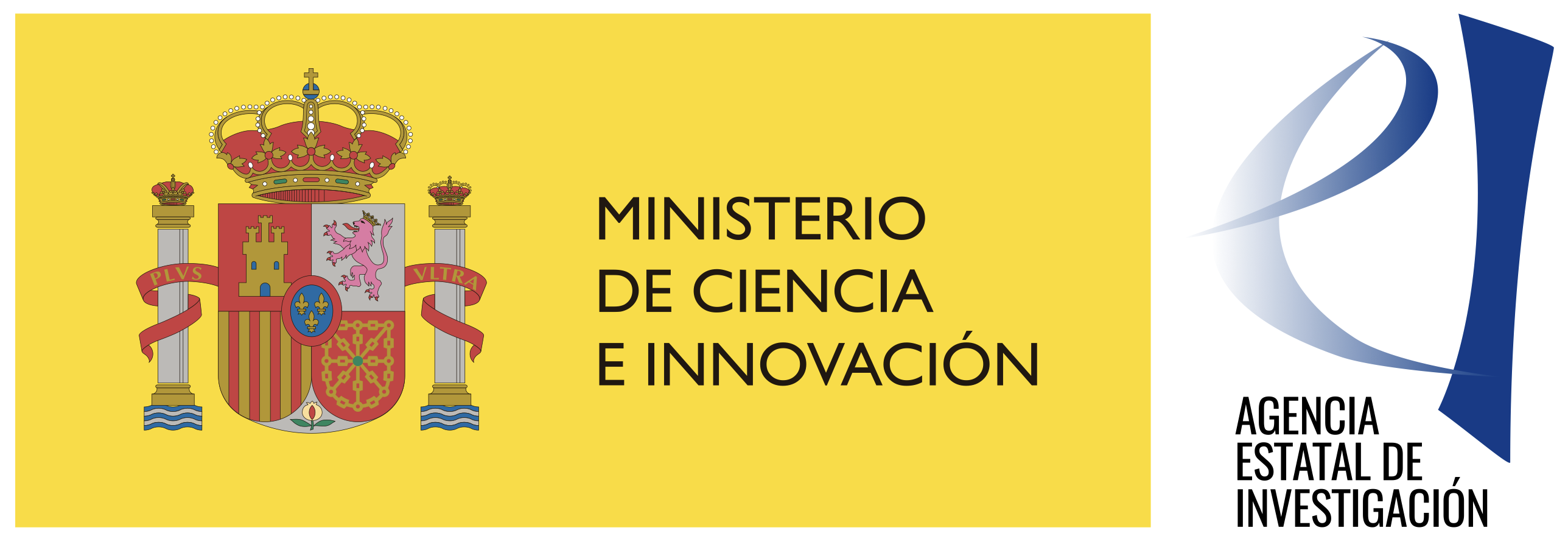BRIDGE - Bridging the gap between synthetic polymers and biopolymers physical and chemical properties
The project BRIDGE is aimed at closing the gap between studying polymers and biopolymers. Traditionally, these materials are "at home" in the disciplins of soft matter physics and of biophysics, respectively. Our interdisciplinary approach opens new avenues, of which we explored morphology and dynamics. A special focus was on the role of water, as solvent, and as adsorbed layer.
In BRIDGE project, we will use two methods that are uniquely able to image ultrathin water layers: Atomic Force Microscopy (AFM) and Scanning (Transmission) Electron Microscopy (S(T)EM). We will apply imaging methods in BRIDGE to molecules and molecular assemblies that encompass the material used in WP1, but also extend to large protein assemblies (e.g. viruses). WP2 will be focused on the wetting geometry and morphology, i.e. on the nanoscale topography (>> 10 Å) of an ultrathin water layer, but not on the molecular arrangement (< 10 Å), i.e. on the "structure" of the water layer.
A range of hard surface materials will be coated with ultrathin layers of amino acids, peptides, and proteins, plus protein assemblies. The prepared surfaces will be then tested with FTIR spectroscopy for chemical identity, and with AFM for flatness.
The same systems will be synthesized on curved (convex) surfaces, namely nanoparticles, via thiol and silane linking chemistry. We will also test star-shaped particles, which offer concave surface features. Characterization of the surfaces will be achieved by combining AFM, S(T)EM, FTIR, and - if required - Raman spectroscopy.
In order to investigate confined water layers, we plan to develop a hydration chamber for AFM, which works in a broad range of humidity levels, and to apply it to all synthesized structures. The humidity chamber provides an atmosphere that can be tuned from nearly complete dryness to full hydration. The sample stage will be fitted with a small Peltier cooling device, to
allow higher local humidity. This setup is essential to determine the wetting of nanoscale objects with nanoscale resolution, i.e. imaging water layers confined to surfaces. For this, noncontact operation with ultra-sharp tips at very low vibrational noise is necessary. In parallel, we will test dry samples with the nano-dielectric AFM, to elucidate the local dynamics on the same location and the same sample as in hydration AFM. This will provide a crucial link between the rather morphological experiments that will determine preferential nucleation sites for water, and the biomolecular dynamics, which require in-depth analysis by BDS.
Imaging at variable humidity up to saturation maps the wetting nanostructure of water on all of our synthetic nanostructures. If carefully operated, AFM is a reliable tool to determine the thickness and the lateral extension of adsorbed water (and probably ice) layers. It will then be complemented by wetSTEM, which provides the exterior shape of an object, which includes the water (or ice) layer. Water layers on the side of adsorbed particles, which completely elude AFM measurements, become then measurable. The method of wetSTEM is based on a vacuum chamber that uses water vapor as hydration gas and for electron detection. It allows working from near-dryness to full hydration, under conditions of low damage, and, for the STEM, resolution well below 50 Å, as we have demonstrated. This requires cooling the samples to < 10 oC (for ice < 0 oC). This procedure will be driven to its limits in terms of resolution, focus and beam damage, in order to resolve the condensation patterns of water and ice, hence their nanoscale morphology, on all surfaces.
This project is funded by PID2019-104650GB-C22/MCIN/ AEI /10.13039/501100011033/

